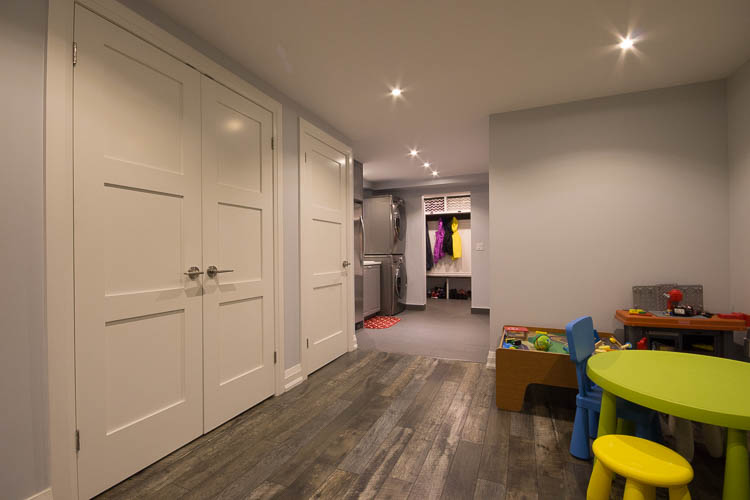Four Essential Rules for Small Kitchen Design by Christopher Smith
In our latest feature on Canadian Contractor, I delve into the art and science of small kitchen design, a common challenge many of us face in the renovation industry. Drawing from years of experience with older homes in Toronto’s east end, I’ve developed a set of four key principles that guide our projects at Woodsmith Construction Inc. These rules are designed to transform any small kitchen into a functional, stylish space that meets the unique needs of our clients.
Traffic Flow: Understanding and managing the flow of movement is crucial in a kitchen’s layout, especially in smaller spaces. Effective design ensures ease of movement without sacrificing functionality.
Appliance Placement: Moving beyond the traditional work triangle, we focus on visual symmetry and practical workflow, considering each kitchen’s unique layout to optimize appliance placement.
Lighting: A mix of natural and artificial lighting can make a small kitchen feel brighter and larger. Strategic placement of lighting fixtures, along with maximizing natural light, enhances the space’s functionality and ambiance.
Balancing Work and Seating Spaces: In compact kitchens, it’s essential to balance the needs for meal preparation, dining, and socializing. Thoughtful planning and design can create a multipurpose space that comfortably accommodates all these activities.
Each small kitchen presents a unique set of challenges and opportunities. At Woodsmith Construction, we pride ourselves on our ability to apply these principles creatively, ensuring that even the smallest kitchens can become the heart of the home. Our goal is always to craft spaces that are not only beautiful but also perfectly tailored to our clients’ lifestyles.
For a deeper dive into these principles and how they can be applied to your next small kitchen project, read the full article here.




